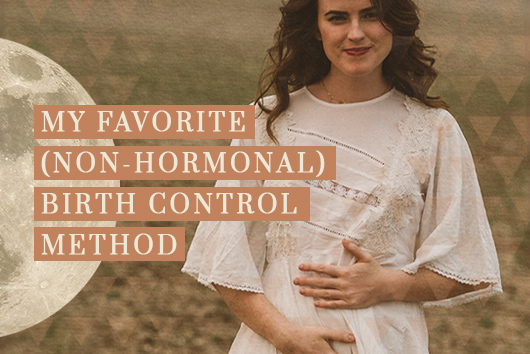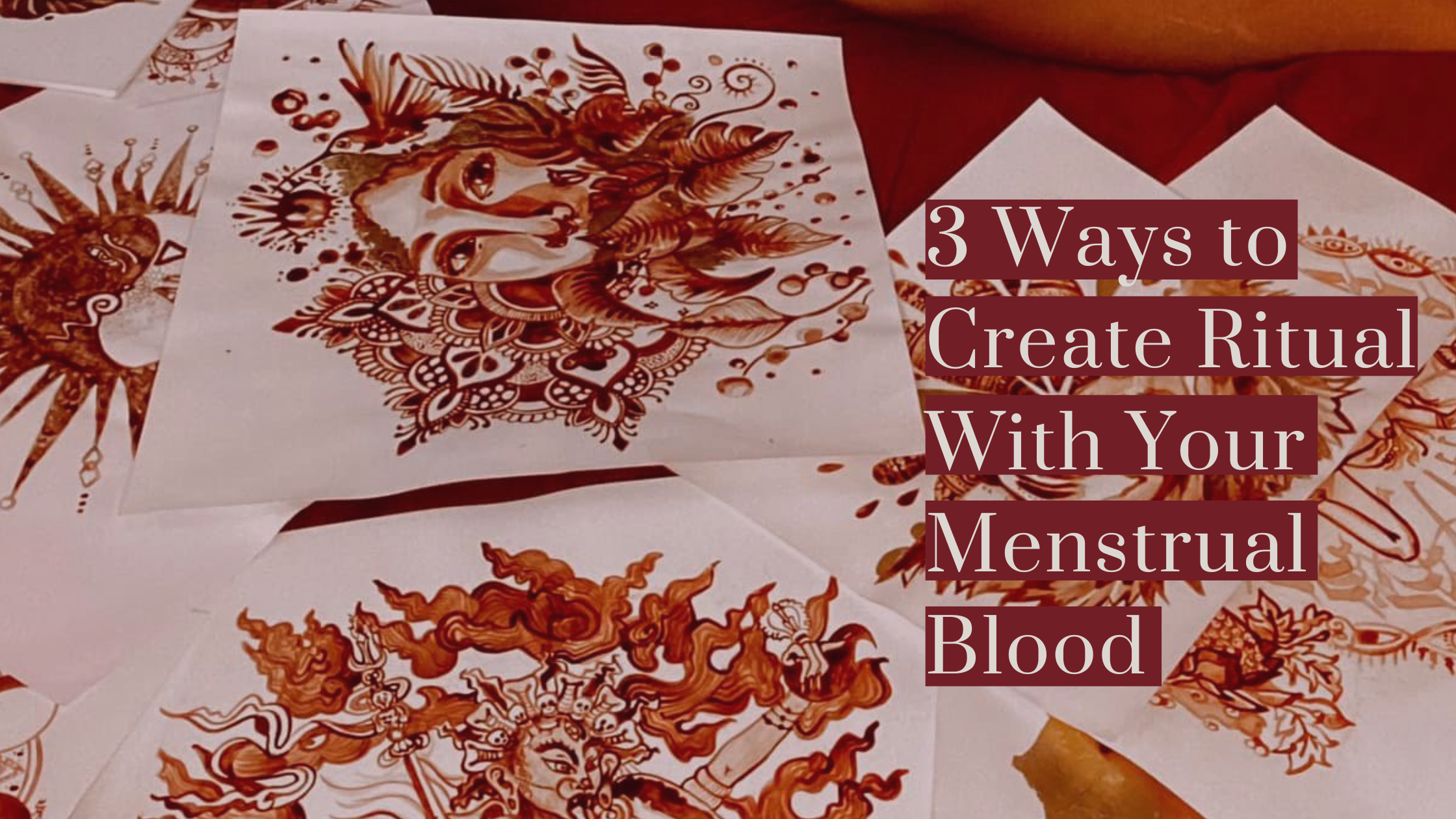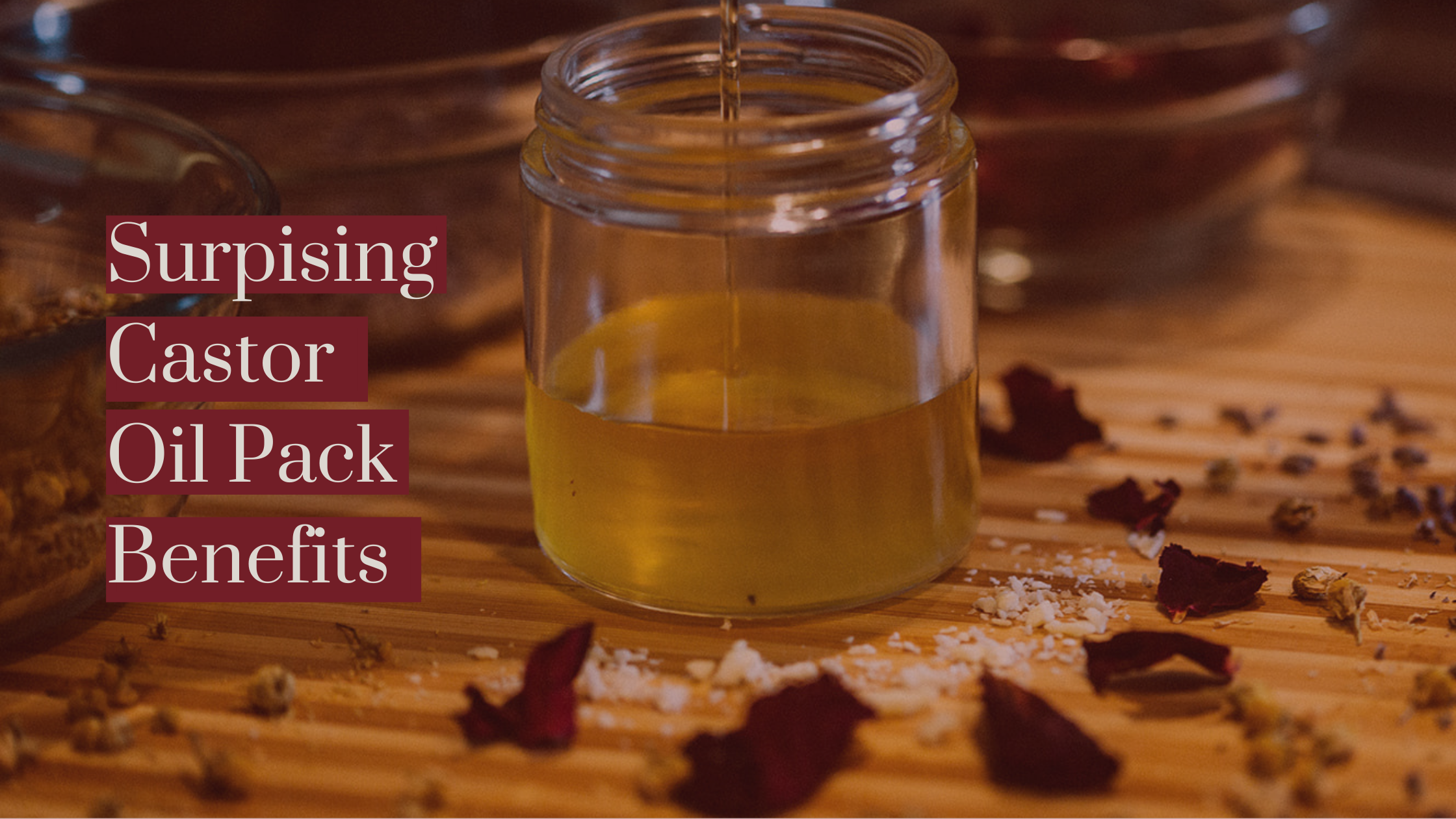3 Things You Need to do To Lead a Women’s Circle

Usha Anandi. 8| MAY| 2024
12 years ago I walked into my first women’s circle with one thought at the front of my mind…
“What even happens at a women’s circle?”
Would I be forced to strip naked and howl at the moon with a ton of strangers?
Was I walking into the lion’s den of mean girls from high school, ready to silently tear me apart with their eyes?
I DIDN’T KNOW.
I had no clue what I was getting myself into.
As I propped open the heavy wooden door and saw the circle of stunning, long-haired, flowy-dress-wearing women, a voice inside me screamed…
“OH HELLLLL NO.”
I was ready to make a run for it…
But then I caught the eye of the circle facilitator and felt shamed into sticking around.
And thank God I did.
Because what I experienced in that women’s circle changed the course of my life.
If you’ve been to a women’s circle, you know exactly what I’m talking about…
And I’m guessing you clicked on this blog for one of two reasons:
- You’re finally at a point where you want to start leading healing women’s circles for your community
- You already facilitate women’s circles and you want to enhance your own skills
In my 10 years of leading women’s circles, I’ve seen it all. I’ve hosted both online and in person, and I’ve sat with women from all over the world (England, Canada, India, Mexico, Bali, Greece, and Costa Rica, to name a few).
Over the years facilitating thousands of women, I’ve learned what makes a women’s circle great…
And what you should absolutely avoid when leading a women’s circle.
Below are three practical pillars that can be applied immediately to your work with women.
1. Instead of Freezing Under Unexpected Pressure, Set Principles and Agreements
As a facilitator, you bridge the gap between that universal energy and the women who want to reach it. It isn’t your job to be perfect. In fact, it’s so risky to identify as a healer.
Why, you may be wondering?
Because when we call ourselves healers, we put a lot of pressure on ourselves.
The reason I can show up and share this knowledge from a place of excitement and joy is because I know deep in my womb that it is not about me, nor will it ever be about me.
Facilitating is about your ability to get out of your own way and let the divine energy flow.
It’s about the women we’re meant to serve.
And because of that, you can relax.
You don’t need to be completely healed to facilitate a healing space.
You don’t need to be this perfect, enlightened, levitating, love-and-light being who poops rose quartz crystals to share women’s work.
But you do have to know that facilitating is WAY DIFFERENT than “holding space.” It’s an art.
And principles and agreements can majorly help.

2. Instead of Swimming Against the Current, Understand Their (and Your) Nervous System
Each of us has a different baseline nervous system state… Let’s call it a tempo.
How do songs that go really fast make you feel?
What about songs that move really slow?
When we’re hyper-aroused, our sympathetic nervous system turns on and we move fast.
You know those people who seem like they drank 5 cups of coffee and go-go-go until they crash?
On the other side of the spectrum is the too-slow tempo called hypo-arousal.
Ever have those days where you feel totally collapsed and unable to meet life?
Or where you’re in a conflict with your partner and you can’t even speak your feelings… or barely move?
Both of these tempos are reactions to stress. Depending on our upbringing, our parents’ and caregivers’ response to stress, we might be dominant in one or the other.
While it might seem controversial, I believe that the most important tool you have as a facilitator has nothing to do with your training.
Or the beautiful words you’ve practiced and prepared.
Or all your techniques.
Your biggest tool is regulating your own nervous system and setting an example.
3. Instead of Putting Pressure on Ceremony, Accept it as a Part of Life
At 14, I was thrown into a whole new life cycle with no one to guide me.
My mom didn’t want the job (despite being a medical professional).
All the friends who had gotten their periods a few years before me were too embarrassed.
And so there I was: coming of age completely alone.
I had no idea at the time, but I was in desperate need of a circle.
I needed space with other girls who were both going through the same thing.
Or for my elders, those who had already reached this phase and could share their own wisdom, to say, “You’re doing great! This is the way.”
As women, ceremony is embedded into our bodies.
We have physiological initiations, markers in time where we are meant to pause, gather, share, and celebrate.

The idea that we should just keep soldiering through grief, loss, hardship, and depression, is a patriarchal lie.
Circle is our opportunity to hit pause and receive that support and validation.
How do the circles you’ve attended (or facilitated) practice these 3 pillars?
I have SO much more wisdom to share with you.
These pillars are only one tiny part of what we’ll cover in my 14-Week Womb Circle Facilitator Certification.
If you feel like you’re being called to step up and bring healing to the women in your community, I strongly recommend you click the button below and join the waitlist.
I can’t wait to teach you everything I know about How to Lead Healing Women’s Circles.
Circle is our opportunity to hit pause and receive that support and validation. Click the button below and be the first to know when we launch this program again.




